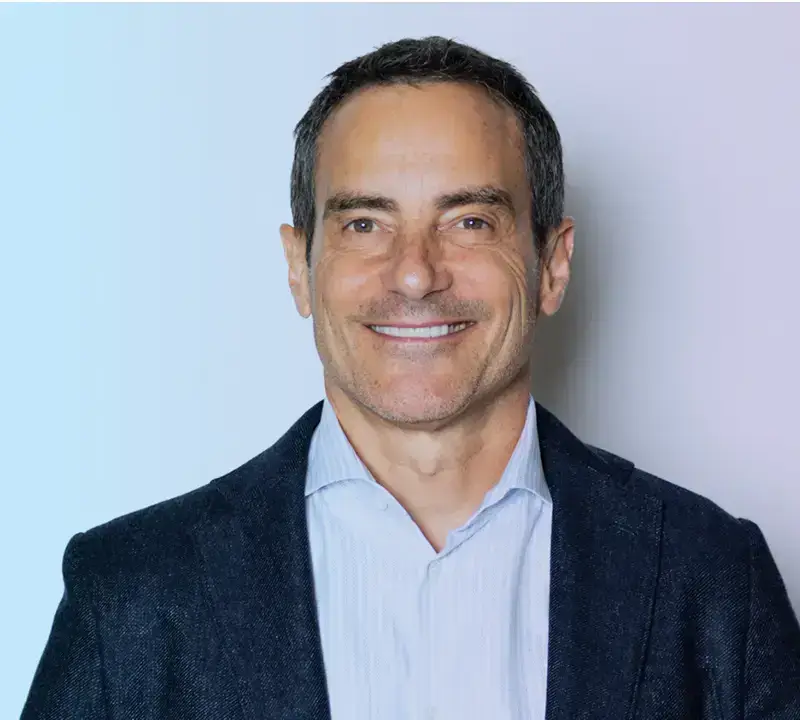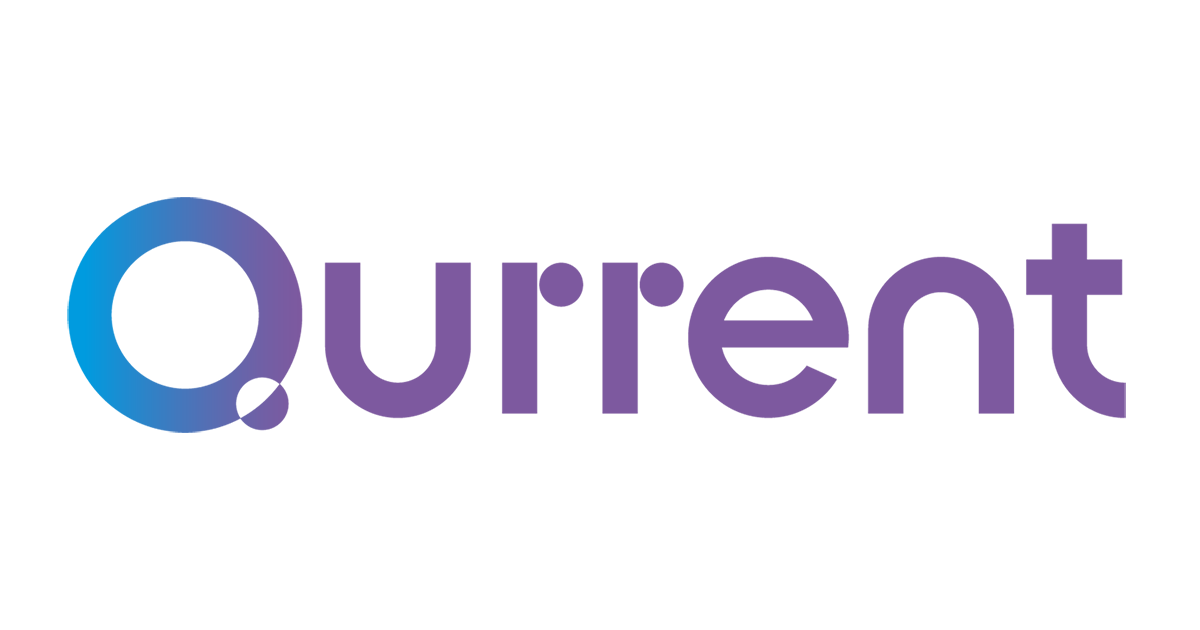The Outdated Dilemma: Why ‘Build vs. Buy’ Fails Enterprise AI
For decades, executive leaders have evaluated technology adoption through a simple, binary lens: build it yourself or buy it off the shelf. This framework was adequate for acquiring static tools and predictable software. However, it is fundamentally insufficient for navigating the current wave of artificial intelligence, which is not a one-time purchase but a dynamic, evolving capability that becomes deeply embedded in the operational fabric of a business.
Enterprise AI, particularly when applied to complex, mission-critical processes, demands more than just software or code. It requires deep integration with disparate systems, the capacity for continuous learning, and, most importantly, guaranteed performance in the context of the customer. The traditional ‘build vs. buy’ model fails to account for these nuances, forcing leaders into a false choice between two incomplete options. Building in-house saddles an organization with immense risk and unconfined costs, while buying a pre-packaged solution often leads to a dead end of limited functionality and capped potential.
This article introduces a third, more strategic option for leaders who are serious about achieving transformative impact: the ‘Partner’ model. By reframing the decision around three distinct paths—Build, Buy, and Partner—executives can make a more informed choice that aligns with their goals for cost, speed, and risk management.
Path 1: The ‘Build’ Approach with Developer Frameworks
The ‘Build’ path involves using in-house resources to construct custom AI solutions from the ground up, often leveraging open-source developer frameworks. This approach is typically considered by organizations that possess large, highly skilled, and—critically—available AI engineering teams with deep domain expertise.
The primary advantage of this model is the potential for maximum customization and complete control over the underlying code. In theory, you can build a solution perfectly tailored to your unique processes. However, the practical realities present significant and often prohibitive challenges.
The most immediate drawback is a high and unpredictable Total Cost of Ownership (TCO). While open-source frameworks appear free, the true cost is buried in internal headcount, specialized talent acquisition, extensive cloud infrastructure, and perpetual maintenance. As detailed in Qurrent’s TCO analysis, these hidden expenses frequently cause budget overruns and project delays. External analysis confirms this, noting that the intense competition for AI talent and the complexity of development often lead to negative ROI [1].
Furthermore, the ‘Build’ path places the entire burden of governance and security squarely on the internal team. This creates a high-stakes environment where the organization is solely responsible for data protection, access control, and compliance—a daunting task detailed in the CISO’s guide to AI governance. Ultimately, success is entirely dependent on the strength of your internal team, creating a high-risk, high-maintenance scenario with no guaranteed business outcomes.
Path 2: The ‘Buy’ Approach with Off-the-Shelf Platforms
The ‘Buy’ path involves purchasing licenses for established software, such as Robotic Process Automation (RPA) platforms like UiPath or other pre-packaged SaaS tools. This approach is best suited for companies looking to automate simple, highly repetitive, and static tasks that follow predictable, rule-based logic.
The main benefits of this model are faster initial deployment for simple use cases and predictable, recurring licensing costs. For automating a task like transferring data between two structured fields, an off-the-shelf bot can be a quick fix. However, this approach reveals its limitations as soon as complexity enters the picture.
These legacy platforms are often rigid and brittle. They struggle to handle the dynamic business logic, unstructured data, and exceptions that define most mission-critical enterprise operations [2]. This inflexibility severely limits their application and caps their potential business impact. When a process changes or an unexpected data format appears, these bots often break, requiring manual intervention and maintenance.
More fundamentally, these tools represent an older paradigm of automation. They are not designed for the autonomous, cognitive work that defines modern AI. As noted in Qurrent’s analysis of this paradigm shift, comparing RPA to an AI workforce is like comparing radio to television—both transmit information, but one offers a fundamentally richer and more dynamic capability. The scalability of ‘Buy’ solutions is inherently limited by their design, creating a ceiling on automation maturity and transformative potential.
Path 3: The ‘Partner’ Approach with Managed AI Workforces
The ‘Partner’ model involves engaging a specialized firm to design, deploy, and manage a custom-engineered AI workforce. This approach is built for enterprises that need to automate complex, mission-critical operations and require guaranteed, measurable business outcomes.
This model effectively creates a superior third option by combining the customization of ‘Build’ with the reliability and service of ‘Buy.’ A true partner doesn’t just sell software; they take ownership of the result. This collaborative approach is increasingly recognized as a critical driver of successful digital transformation [3].
At Qurrent, we deliver this through AI workforces built on a proprietary operating system. This foundation provides the transparency, reliability, and control necessary for enterprise-grade deployment. Unlike a black-box ‘Buy’ solution or a high-risk ‘Build’ project, a managed AI workforce offers full visibility into the AI’s decision-making process.
The process is engineered for speed and impact, with our methodology moving from initial discovery to a deployed pilot in a matter of weeks, not the months or years typical of in-house builds. This rapid deployment ensures that businesses see value almost immediately.
Most importantly, the ‘Partner’ model is the only one that shifts risk away from the enterprise. It is built on a foundation of guaranteed, measurable business outcomes. The partner’s success is directly tied to the client’s success, creating an alignment of interests that is absent in the other two models.
A Head-to-Head Comparison for Executive Leaders
Choosing the right path requires a clear-eyed assessment of how each model performs against the metrics that matter most to business leaders: cost, speed, risk, and results.
Total Cost of Ownership (TCO)
- Build: Carries high and unpredictable internal costs. As detailed in our TCO comparison, the TCO extends far beyond initial development to include ongoing salaries for a rare and expensive talent pool, infrastructure, and perpetual maintenance, creating significant financial risk.
- Buy: May offer predictable license fees but often comes with hidden costs for integration, customization, and the operational friction caused by its inherent limitations. The ROI is capped by the platform’s inflexibility.
- Partner: Provides predictable costs that are directly tied to business value and outcomes. This model delivers a much clearer TCO and a more reliable ROI calculation, as the investment is linked to measurable performance improvements.
Speed-to-Value
- Build: This is unequivocally the slowest path. Internal development projects for complex AI can take many months or even years to move from concept to production, if they succeed at all.
- Buy: Appears fast for simple, static tasks but is extremely slow to adapt to new requirements or evolving business processes. This lack of agility creates a drag on innovation.
- Partner: Designed for rapid value creation. As outlined in our methodology, a managed AI workforce can be deployed in just a few weeks, allowing the business to realize benefits and operational leverage almost immediately.
Risk & Governance
- Build: Places the entire governance, security, and compliance burden on the internal team. The risk of project failure, security breaches, or non-compliance is high and owned entirely by the enterprise.
- Buy: Often operates as a ‘black box’ with limited transparency into its decision-making logic. While the vendor manages the platform, the enterprise has little control or visibility, creating a different kind of risk.
- Partner: Delivers a fully managed, transparent system with built-in governance, audit trails, and human-in-the-loop controls. This provides robust security and oversight without burdening internal teams, a key principle of our approach to AI governance.
Outcome Guarantee
- Build: Offers no guarantee of success. The enterprise invests significant time and capital with the hope of a positive outcome, bearing 100% of the risk.
- Buy: The vendor guarantees the software will function as described, but not that it will deliver a specific business outcome. The risk of achieving ROI rests entirely with the buyer.
- Partner: This is the only model where the risk of failure is shifted from the enterprise to the provider. A true partnership is built on a foundation of guaranteed outcomes, aligning the partner’s success directly with the client’s.
Conclusion: Choose Partnership for Mission-Critical Transformation
The ‘Build vs. Buy’ framework is a relic of a previous technology era. It is inadequate for making strategic decisions about a capability as dynamic and consequential as artificial intelligence. For enterprises focused on automating complex operations where failure is not an option, a third path is required.
The ‘Partner’ model offers the best of both worlds: the bespoke fit of a custom-built solution with the reliability, speed, and service of a purchased product. By choosing to partner for a managed AI workforce, leaders can de-risk their investment, accelerate their timeline to value, and secure the transformative business outcomes that AI promises.
Instead of asking whether to build or buy, the critical question for today’s leaders is who to partner with to achieve your strategic goals.




